Sesame seeds, known scientifically as Sesamum indicum, are tiny yet packed with a myriad of nutritional benefits and culinary uses. From enhancing the flavor of dishes to being a key ingredient in various condiments like tahini and sesame oil, these seeds have been a staple in many cuisines worldwide. However, harvesting sesame seeds at the optimal time is crucial to ensure their quality, flavor, and nutritional value. This guide aims to provide a comprehensive understanding of how to determine if sesame seeds are ripe, covering various aspects from plant growth to harvest techniques.
Understanding Sesame Plant Growth
Before diving into the specifics of identifying ripe sesame seeds, it’s essential to understand the growth cycle of the sesame plant. Sesame is an annual crop that thrives in warm, well-drained soils with full sun exposure. The growth cycle typically spans from planting to harvest within 90 to 120 days, depending on the variety and environmental conditions.
-
Germination and Seedling Stage: After planting, sesame seeds germinate within 7 to 10 days, emerging as small, delicate seedlings. This stage is crucial for establishing a strong root system.
-
Vegetative Growth: The plant then enters a rapid growth phase, characterized by the development of leaves and stems. Proper watering and fertilization during this stage are vital for healthy plant growth.
-
Flowering: As the plant matures, it begins to produce flowers. Sesame flowers are typically white or pink and are arranged in clusters at the tops of the stems. Pollination occurs naturally, leading to the formation of seed capsules.
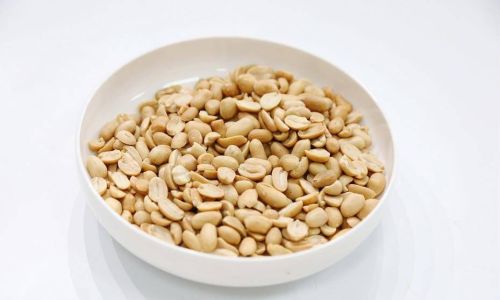
-
Seed Development: Once pollinated, the flowers develop into seed capsules, which gradually enlarge as the seeds inside mature. This is the stage where close monitoring is essential to determine the ripeness of the seeds.
Signs of Ripe Sesame Seeds
Determining when sesame seeds are ripe involves observing both the plant and the seeds themselves. Here are the key indicators:
-
Color Change: As sesame seeds mature, they undergo a color transformation. Initially, the seeds may be a light green or yellow. As they ripen, they turn a darker shade of brown or black, depending on the variety. A uniform color change throughout the seed capsule is a good indication of ripeness.
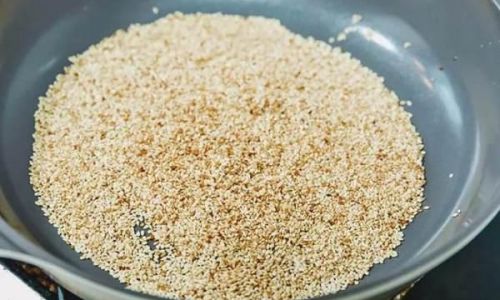
-
Seed Capsule Texture: Ripe sesame seed capsules feel dry and brittle to the touch. They may also begin to split open naturally, revealing the seeds inside. If the capsules are still soft or moist, it means the seeds are not fully ripe.
-
Seed Hardness: Another reliable method is to gently squeeze a few seeds from a partially opened capsule. Ripe sesame seeds should feel firm and hard, with no give when pressed. Soft or easily crushed seeds indicate they are not yet mature.
-
Plant Condition: The overall health of the sesame plant can also provide clues. A healthy, mature plant with yellowing leaves (a natural part of senescence) and dry, brittle stems often signifies that the seeds are nearing ripeness. However, it’s important to distinguish between natural senescence and signs of nutrient deficiency or stress.
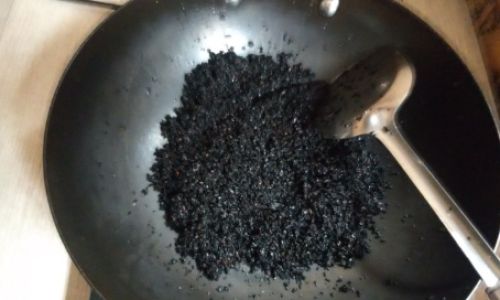
Harvesting Techniques
Once you’ve determined that the sesame seeds are ripe, it’s time to harvest. Here are some effective techniques:
-
Hand Harvesting: For small-scale cultivation, hand harvesting can be effective. Cut the stems with ripe seed capsules and lay them out in a single layer in a well-ventilated, shaded area. This allows the capsules to dry further and open naturally, releasing the seeds.
-
Mechanical Harvesting: Larger-scale farmers may opt for mechanical harvesters designed specifically for sesame. These machines cut the plants at the base and shake or thresh the seeds from the capsules. Harvested material is then collected and processed to separate the seeds from chaff and plant debris.
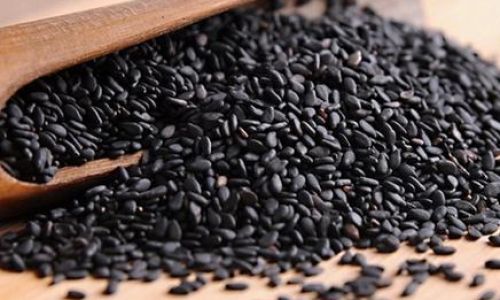
-
Threshing and Cleaning: Regardless of the harvesting method, the next step involves threshing the seeds from the capsules and cleaning them. This can be done manually by beating the dried stems or using a mechanical thresher. Subsequent cleaning involves winnowing to remove lighter impurities and sieving to separate any remaining debris.
Post-Harvest Storage
Proper storage is crucial to preserve the quality of the harvested sesame seeds. Store them in cool, dry, and well-ventilated areas in airtight containers. Avoid exposure to moisture, high temperatures, and pests to prevent mold, rancidity, and infestation.
Conclusion
Harvesting sesame seeds at the optimal time is a delicate balance of observing plant growth, understanding seed development, and employing effective harvesting techniques. By paying attention to color change, capsule texture, seed hardness, and plant condition, farmers and home gardeners can ensure they collect high-quality, flavorful sesame seeds. Proper post-harvest handling and storage further contribute to maintaining the integrity of these nutritious and versatile seeds. With this comprehensive guide, you’ll be well-equipped to determine if your sesame seeds are ripe and ready for harvest.
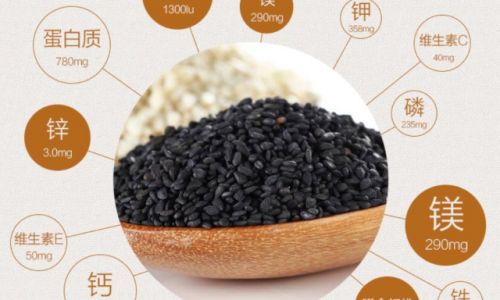


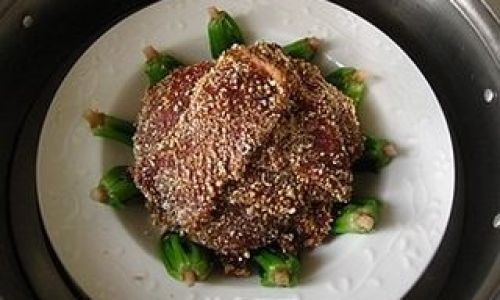
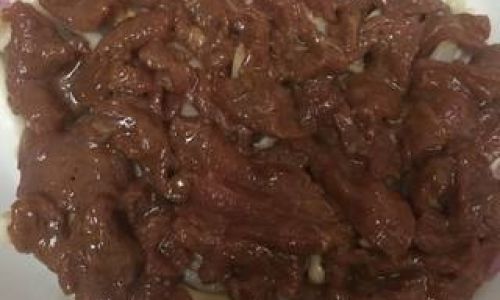
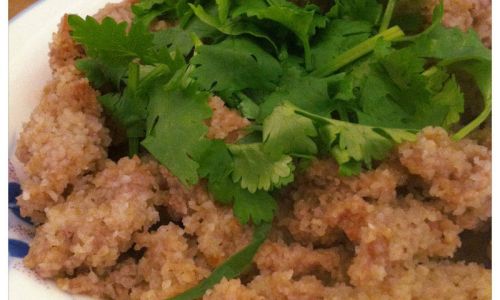
0 comments